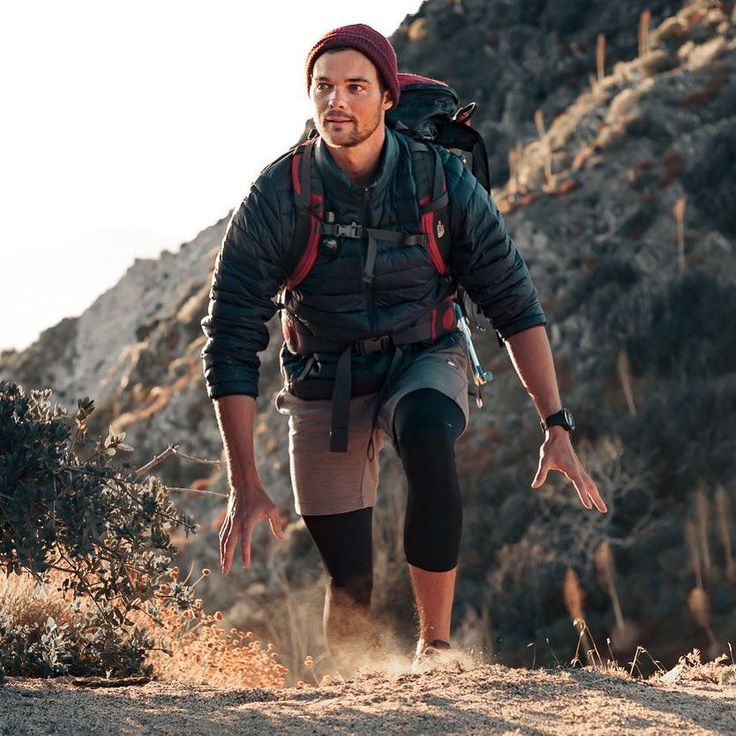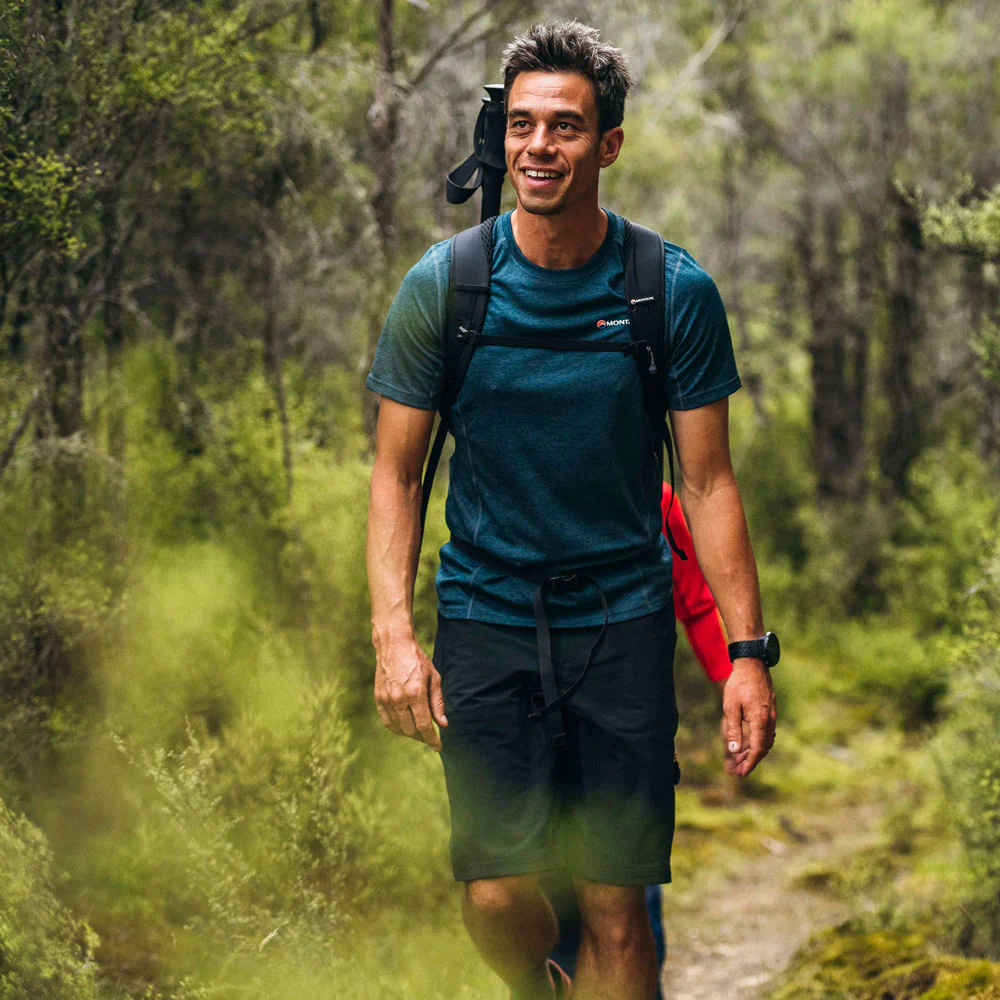I. Introduction

A. Embracing the Solitude: The allure of solo hiking
Solo hiking is an experience unlike any other. There is a certain allure to embracing the solitude of the wilderness, venturing out on your own, and immersing yourself in nature without the distractions of everyday life. The freedom to set your own pace, choose your own path, and fully engage with your surroundings without the need for conversation or compromise is a truly unique and rewarding experience for many outdoor enthusiasts.
B. Safety First: Understanding the risks and responsibilities
While solo hiking offers a sense of freedom and independence, it also comes with its own set of risks and responsibilities. It’s important for solo hikers to be aware of the potential dangers and take proactive measures to ensure their safety. From getting lost or injured to encountering wildlife or adverse weather conditions, solo hikers must be prepared to handle unexpected challenges on their own. Understanding these risks and taking responsibility for your own safety is crucial when embarking on a solo hiking adventure.
II. Essential Preparations
A. Planning Your Route: Mapping out a solo adventure
Before setting out on a solo hiking trip, it’s essential to plan your route carefully. Researching the area, familiarizing yourself with the terrain, and choosing a trail that aligns with your skill level and experience is crucial for a safe and enjoyable hike. Additionally, informing someone of your itinerary and expected return time can provide an added layer of security in the event of an emergency.
B. Gear Up: Packing the essentials for a solo hike
Packing the right gear is essential for solo hikers. Ensuring you have adequate food, water, shelter, navigation tools, first aid supplies, and appropriate clothing can make all the difference in the event of an unexpected situation. Carrying a communication device such as a satellite phone or emergency beacon can also provide peace of mind and a means of calling for help in case of an emergency.
C. Emergency Preparedness: Equipping yourself for unforeseen circumstances

Being prepared for unforeseen circumstances is a fundamental aspect of solo hiking. This includes knowing basic first aid and emergency response skills, understanding how to navigate and identify potential hazards, and staying informed about the current weather and trail conditions. Developing a keen awareness of your surroundings and being adaptable in challenging situations can help solo hikers navigate unexpected obstacles with confidence and composure.
III. Best Practices for Solo Hiking
A. Leave No Trace: Practicing responsible and sustainable hiking
As a solo hiker, it’s crucial to adhere to the principles of Leave No Trace. This means minimizing your impact on the environment by staying on designated trails, properly disposing of waste, and respecting wildlife and natural habitats. By practicing responsible and sustainable hiking, solo hikers can help preserve the beauty and integrity of the wilderness for future generations to enjoy.
B. Stay Informed: Keeping abreast of weather and trail conditions
Solo hikers must stay informed about current weather and trail conditions to make safe and informed decisions. Checking weather forecasts, consulting trail reports, and being aware of any potential hazards or closures can help solo hikers avoid dangerous situations and plan their hikes accordingly. It’s also essential to be flexible and willing to adjust your plans based on the latest information.
Trusting your instincts is a fundamental part of solo hiking. Paying attention to your intuition, assessing risks, and making informed decisions based on your surroundings and capabilities can be critical when navigating challenges on your own. Whether it’s choosing a safe route, finding a suitable campsite, or responding to unexpected developments, trusting your instincts can help solo hikers navigate the trail with confidence and resilience.
IV. Self-Care While Hiking Solo
A. Mindfulness and Awareness: Staying focused and present on the trail
Solo hiking provides a unique opportunity to practice mindfulness and awareness in nature. Staying focused on the present moment, taking in the sights and sounds of the wilderness, and cultivating a deep sense of awareness can enhance the overall experience of solo hiking. Being mindful of your surroundings can also contribute to your safety by helping you stay attuned to potential hazards and changes in the environment.
B. Nourishment and Hydration: Maintaining energy and staying healthy
Proper nourishment and hydration are essential for sustaining energy and staying healthy during a solo hike. Packing nutritious and lightweight food options, staying adequately hydrated, and taking regular breaks to refuel can help maintain your stamina and well-being on the trail. It’s important to listen to your body’s signals and prioritize your nutritional needs to ensure a successful solo hiking experience.
C. Rest and Recovery: Sustaining energy for the duration of the hike
Rest and recovery play a vital role in sustaining energy throughout a solo hiking adventure. Adequate rest, quality sleep, and proper recovery practices can help prevent fatigue and promote physical and mental well-being. Finding a suitable campsite, allowing time for relaxation, and managing your pace to avoid burnout are all important considerations for solo hikers looking to maintain their energy levels over the course of their hike.
Incorporating best practices for solo hiking and prioritizing self-care can elevate the experience of venturing into the wilderness alone. By practicing responsible hiking, staying informed, trusting your instincts, and prioritizing self-care, solo hikers can enjoy a safe, enriching, and empowering connection with nature while embracing the solitude of the trail.
V. Safety Measures and Communication
One of the most important safety measures for solo hikers is to share their plans with someone they trust. Before embarking on a solo hiking trip, it’s essential to inform a friend, family member. This ensures that someone is aware of your whereabouts. And can alert authorities if you fail to check in as planned. Sharing your plans not only provides a safety net in the event of an emergency but also offers peace of mind for both the solo hiker and their loved ones.
Effective navigation is crucial for solo hikers to stay on track and avoid getting lost. Carrying a detailed map of the area, a compass, and a GPS device can provide valuable assistance in orienting oneself and following the intended route. Familiarizing oneself with the basics of map reading and using reliable navigation tools can help solo hikers navigate the trail with confidence and proficiency. It’s also important to stay aware of prominent landmarks. And trail markers to ensure proper navigation, especially in areas with complex or indistinct terrain.
C. Personal Protection: Techniques for handling unexpected encounters
Solo hikers may encounter unexpected situations, including wildlife encounters or potential safety threats. Being prepared to handle such encounters is essential for personal protection. This includes understanding how to peacefully coexist with wildlife, recognizing signs of potential danger, and responding appropriately to minimize risk. Carrying items such as bear spray, a whistle, or a personal safety alarm can provide solo hikers with additional security and peace of mind in encountering unexpected situations in the wilderness.
By incorporating safety measures and maintaining open lines of communication, solo hikers can enhance their preparedness and sense of security while venturing into the wilderness alone. Sharing plans, practicing efficient navigation techniques, and being prepared for unexpected encounters are essential components of ensuring a safe and enjoyable solo hiking experience.

